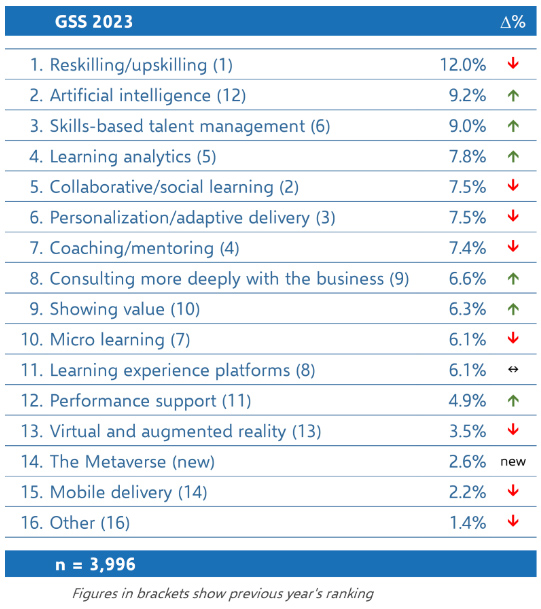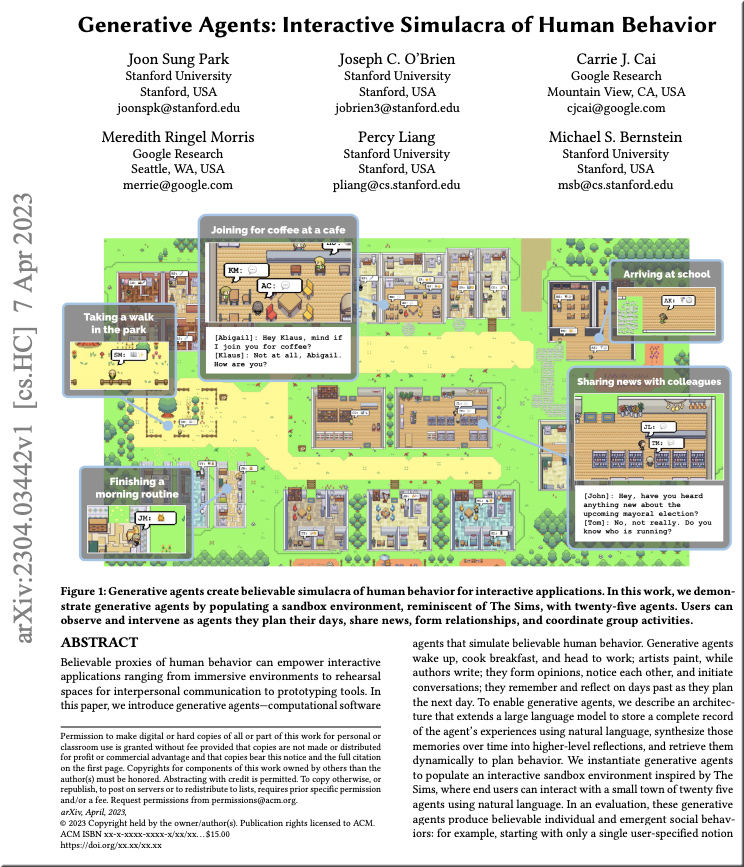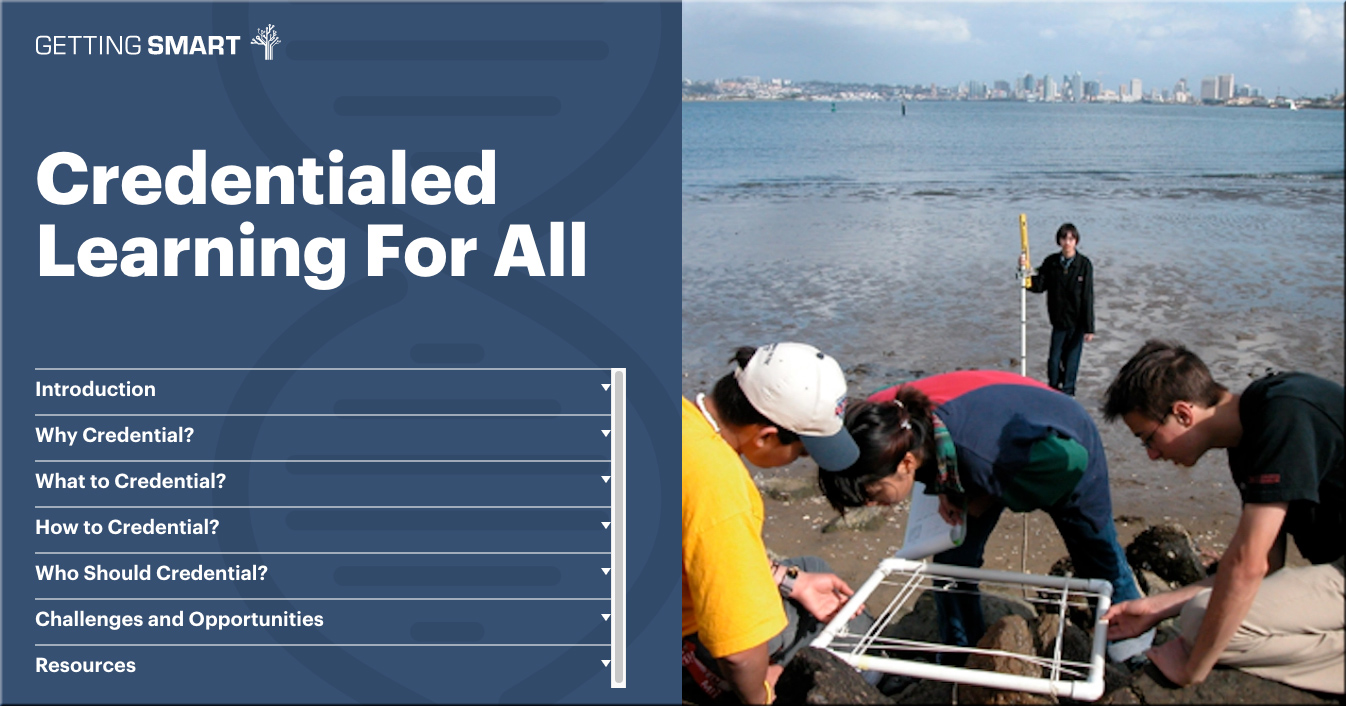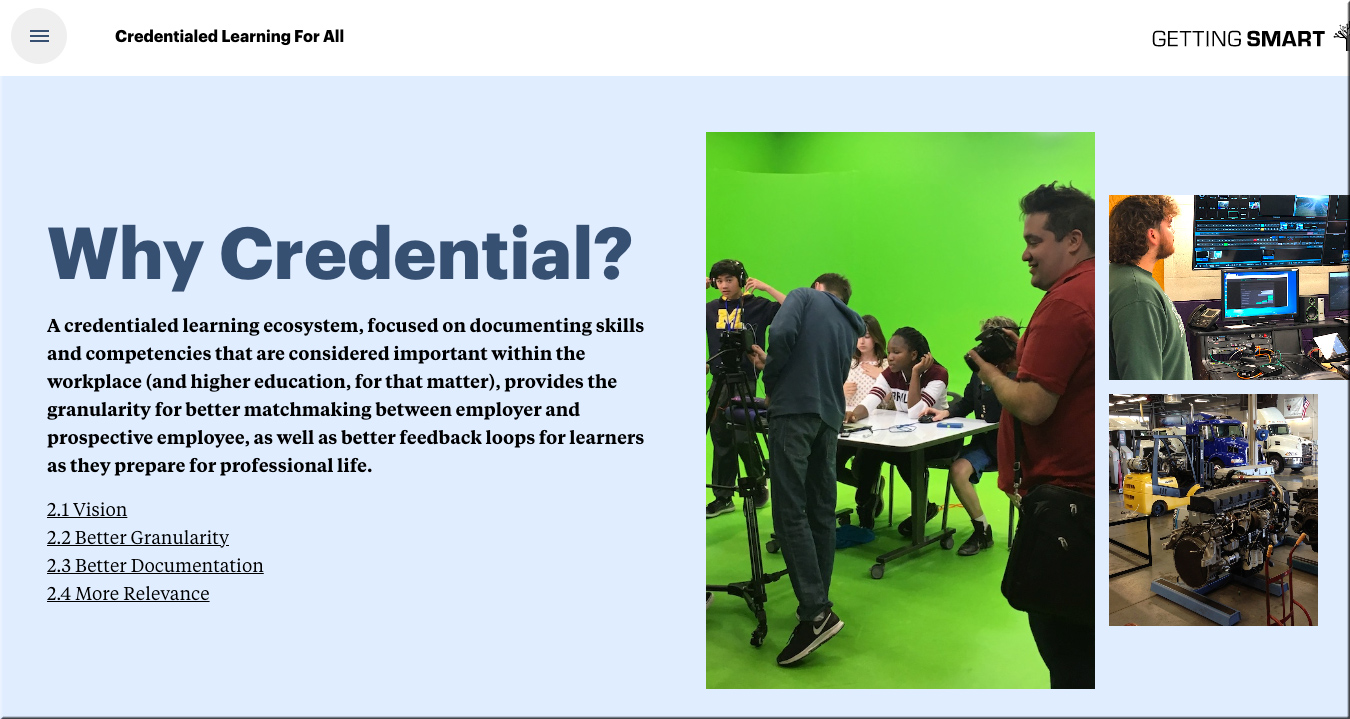Verified Skills — from the-job.beehiiv.com by Paul Fain
Hunting for a common thread amid the hype around skills.
Excerpt:
The glitzy ASU+GSV gathering this week was titled “Brave New World.” But Tim Knowles wanted to talk about 1906.
That was when the organization Knowles leads, the Carnegie Foundation for the Advancement of Teaching, created the credit-hour standard. The time has arrived, argue Knowles and Amit Sevak, CEO of ETS, to move away from the Carnegie Unit and toward a new currency of education based on meaningful skills and accomplishments, demonstrated through assessment.
Our old way of training Americans for ‘good jobs’ is past its sell-by date — from workshift.opencampusmedia.org by JB Holston
We’re at a pivot point in education and workforce development. Employers in the U.S. and its allies have an opportunity to accelerate their economies by collaborating to scale new pathways to prosperity. They need to seize that opportunity, writes JB Holston, former CEO of the Greater Washington Partnership.
The country is at a pivot point. COVID’s acceleration of remote work and training; an increased dedication to inclusion, equity, and diversity since the murder of George Floyd; the inexorable pace of technological change; and America’s new, well-funded industrial policy have created an opportunity for the most significant re-set in the relationship between employers and our education systems in the last 150 years.
The old path to family-supporting career positions—which depended on large employers recruiting graduates from a small universe of ranked colleges whose education stopped with that degree—is past its sell-by date.
AI in Hiring and Evaluating Workers: What Americans Think — from pewresearch.org by Lee Rainie, Monica Anderson, Colleen McClain, Emily A. Vogels, and Risa Gelles-Watnick
62% believe artificial intelligence will have a major impact on jobholders overall in the next 20 years, but far fewer think it will greatly affect them personally. People are generally wary and uncertain of AI being used in hiring and assessing workers
Excerpt:
A new Pew Research Center survey finds crosscurrents in the public’s opinions as they look at the possible uses of AI in workplaces. Americans are wary and sometimes worried. For instance, they oppose AI use in making final hiring decisions by a 71%-7% margin, and a majority also opposes AI analysis being used in making firing decisions. Pluralities oppose AI use in reviewing job applications and in determining whether a worker should be promoted. Beyond that, majorities do not support the idea of AI systems being used to track workers’ movements while they are at work or keeping track of when office workers are at their desks.
Augmented Reality: Your Next Step Into Immersive Learning — from learningguild.com by Bill Brandon
Excerpt — per Debbie Richard:
Some great examples of using augmented reality in immersive learning are:
Performance support: providing just in time text, video and/or conference calls where the information is overlayed over the physical world.
Language support: an AR app such as Google Translate can overlay translated text over the real text.
Visualizations: Overlaying virtual objects over physical ones such showing the inner working of a machine without opening it up.
Top 10 Tips for Creating a Successful Onboarding Experience — from learningguild.com by Tara Roberson-Moore
Here are 10 things you can do to make your onboarding program a learner experience that will provide the anchor newbies need to stick around.
Excerpt:
In many instances, onboarding is expected to be handled by human resources. There is absolutely nothing wrong with that but unless they are also training experts, a lot of companies could be missing an opportunity to create something special. Letting training and development experts augment HR can result in an onboarding program that provides the experience new employees need to get comfy.
Here are 10 things you can do to make your onboarding program a learner experience that will provide the anchor newbies need to stick around.
How to Manage a Poor Listener & Improve Listening Skills — from learningguild.com by Adam Hockman
Excerpt:
Your L&D team can collaborate in creating a conversational template—a script to guide behavior. An employee might be aware of their problematic listening and welcome this type of scaffold, and even help create it. Once the template is set, the employee can use it to lead an internal meeting, a setting where structure matters. The template can be useful in helping other team members or employees in the organization improve their listening and communication skills as well.
Let’s break the initial template meeting into sections and create language that will help the employee practice new skills.


















